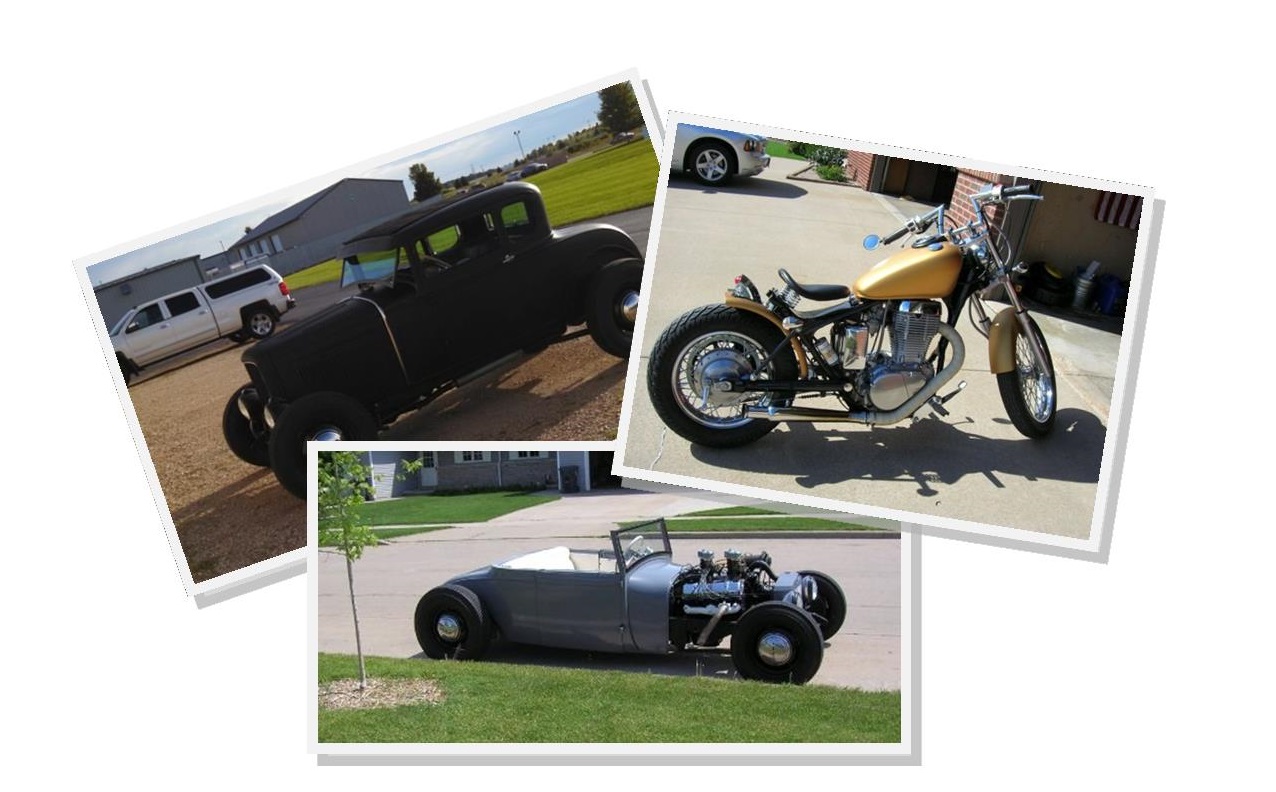By, Ryan Worzella
As a motorcycle and automotive enthusiast, I have spent countless hours in the garage wrenching on and customizing my fleet. These countless hours could be whittled down if it were not for the bane of the automotive do-it-yourselfers existence: the “universal” part. The “universal” part is best described as a part that can fit almost anything following untold amounts of time by either cutting, grinding, drilling, welding, sweating and cussing only to find in the end, that you would have been time and money ahead if you had either fabricated the part from scratch, or spent the few extra dollars and bought the exact part you needed, for the machine it was designed for.

In the past you could look at most any controller manufacturer’s literature and you’ll likely see the all-encompassing “universal discreet digital controller” name attached to any number of offerings. At the end of the day, these are often simple controls designed for simple, off the shelf applications and the only thing that makes them universal is the fact that they will fit an industry-standard panel cutout and can accept the standard process inputs. Truth be told, these universal controls worked fine for basic applications, for example a heat/cool application in an extrusion barrel heat process or a simple heating application in a lab sealer. Anything outside the box however, and these “universal” controls often fell short. But all is not lost, as process controls have not been left behind in the modern-day electronics blitzkrieg.
Today, select modern controls can do everything from simple PID control to multiple loops of control complete with counters and timers with analog and logic operations with customizable operator interfaces, all in one package, meeting industry standard dimensions, programmed to meet the needs of the process. These new breeds of controls are not tied to just being a temperature controller; they can control anything from simple temperature loops, melt pressure control, building automation and countless other applications that are limited only by the technician’s imagination and the controller’s physical IO limitations.

Some years ago, a customer approached me looking to upgrade a control system for anodizing aluminum. The anodizing process requires precise control of voltage and current, ramped and dwelled over time to predefined set points. Their control system consisted of what the OEM used at the time the machine was produced, which was little more than manual potentiometers for which to control their process variables, tied in with simple timers. This system required a lot of operator involvement and while the controls may have been just fine for the process needs at the time of installation, as process requirements grew tighter and the customer demanded more from their control system, these controls were unable to keep up with present day needs. They asked for a system that was more automated, requiring only minimal input from the operator to start and stop the process. They also asked if the system could be linked together so that multiple anodizing tanks could be controlled from a single screen while having trending capabilities, a far cry from the manual potentiometers of old and something that until the advent of the modern advanced universal controls, only possible with costly PLC hardware and programming. When asked if all this was possible with modern discreet controls, my answer to this was a resounding yes!

After discussing the customer’s wishes, we were able to design a system based around off the shelf modern advanced controls, programmed per the customer’s application, with custom local and remote interface screens that made things easy to use. This new system took their process from a very operator-involved control system that necessitated a lot of machine tending to one that is essentially a start and walk-away system. Almost immediately following the implementation of this system the customer experienced less process rejects and increased throughput.
The current crop of advanced discreet process controls opens up many control avenues not previously possible, limited only by the customers and technicians application and imagination. Looking to make a controls change and add more advanced functionality to your process but you’re not sure where to start?
Contact Sure Controls to discuss your controls needs!

800-844-8405 or [email protected]

